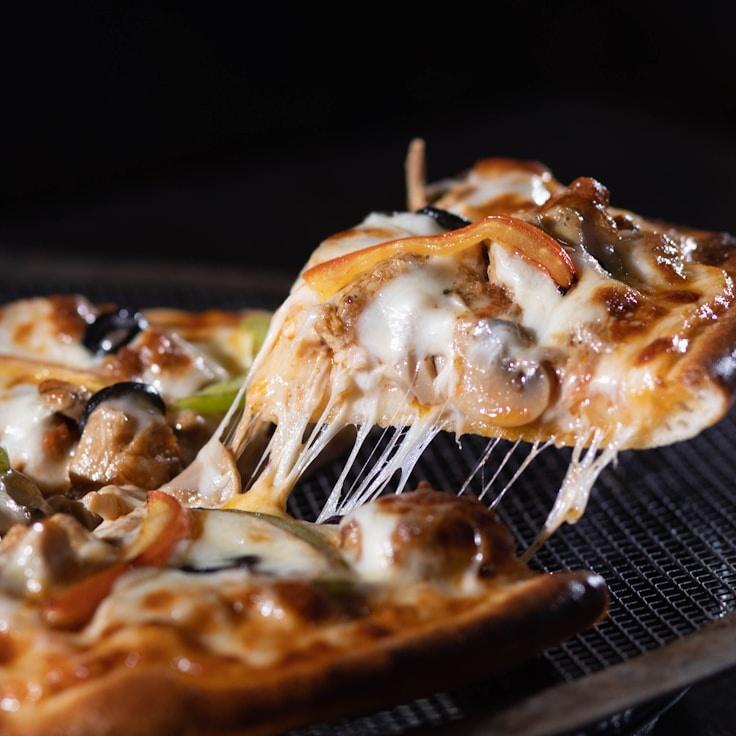SunsetVeranda Pizzeria holds the conviction that extraordinary pizza begins with first-rate dough. Having honed our recipe for over 30 years, we're eager to divulge some of our dough-making wisdom. Although we won’t share our proprietary recipe (as certain traditions are meant to be kept), these fundamental insights will enable you to craft pizzeria-grade pizza dough in your own kitchen.
Flour is Fundamental
The cornerstone of premium pizza dough lies in using superior flour. 00 flour is our go-to, an ultrafine Italian flour with a protein content around 12%, which yields the optimal mix of elasticity and softness. If 00 flour isn't accessible, bread flour can be used as an alternative, noting the end texture will be somewhat altered.
Water's Temperature and Dough's Hydration
The heat of your water is pivotal in the rate of fermentation and evolution of the dough. For an extended fermentation (which enhances taste), use chilled water at 45°F (7°C). For an expedited fermentation, warmer water at 85°F (29°C) is suitable. Aim for a hydration percentage that falls between 60-70% for typical home ovens.
Less Yeast, Greater Fermentation
A crucial secret for a delicious dough is minimal use of yeast combined with more fermentation time. We employ a mere 0.2% of fresh yeast in proportion to flour for our doughs, which ferment for 24 to 48 hours. This extended period allows for a full flavor development and a dough that's lighter on the stomach.
Salt's Role Beyond Taste
Salt does not solely enhance flavor; it bolsters the gluten network and regulates yeast activity. We suggest incorporating fine sea salt at a rate of 2.5-3% of your flour weight. Introduce it once your flour and water begin to intermingle to avoid direct interaction with the yeast.
The Craft of Fermentation
Post mixing, the dough should go through an initial bulk fermentation at ambient temperature for about 2 hours, then be portioned out into individual balls. Stash these in sealed containers and refrigerate them for 24-72 hours. It's during this cold fermentation phase that the true transformation occurs—the conversion of starches into sugars by enzymes, leading to rich flavors and that characteristic crust browning.
Gentle Handling
Prior to baking, remove the dough from the fridge 1-2 hours in advance to let it acclimatize. When shaping your pizza, be delicate to preserve the air bubbles that have formed. Press and stretch the dough using your hands instead of a rolling pin, to maintain the airy structure.
A Fiery Finish
While we utilize wood-fired ovens reaching 850°F (454°C), at-home ovens typically peak at about 550°F (288°C). To close this gap, use a preheated pizza stone or steel for no less than one hour to mimic the intense bottom heat necessary for a crisped crust and a fluffy interior.
Honing your pizza dough skills is a continuous endeavour. Every batch is a learning opportunity. Take notes, tweak variables, and experiment to find what best fits your unique cooking space.
If you're curious to witness our dough crafting firsthand, consider attending one of our monthly pizza-making sessions where Chef Emilio goes into the nitty-gritty of these techniques. For upcoming sessions, make sure to view our events schedule!

